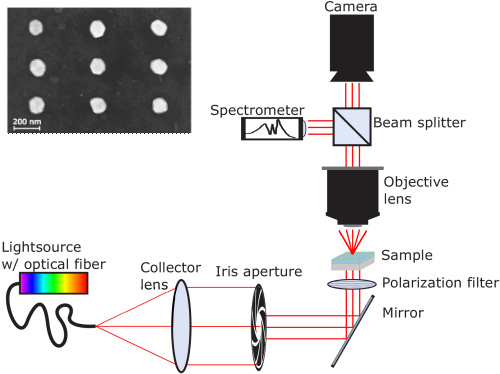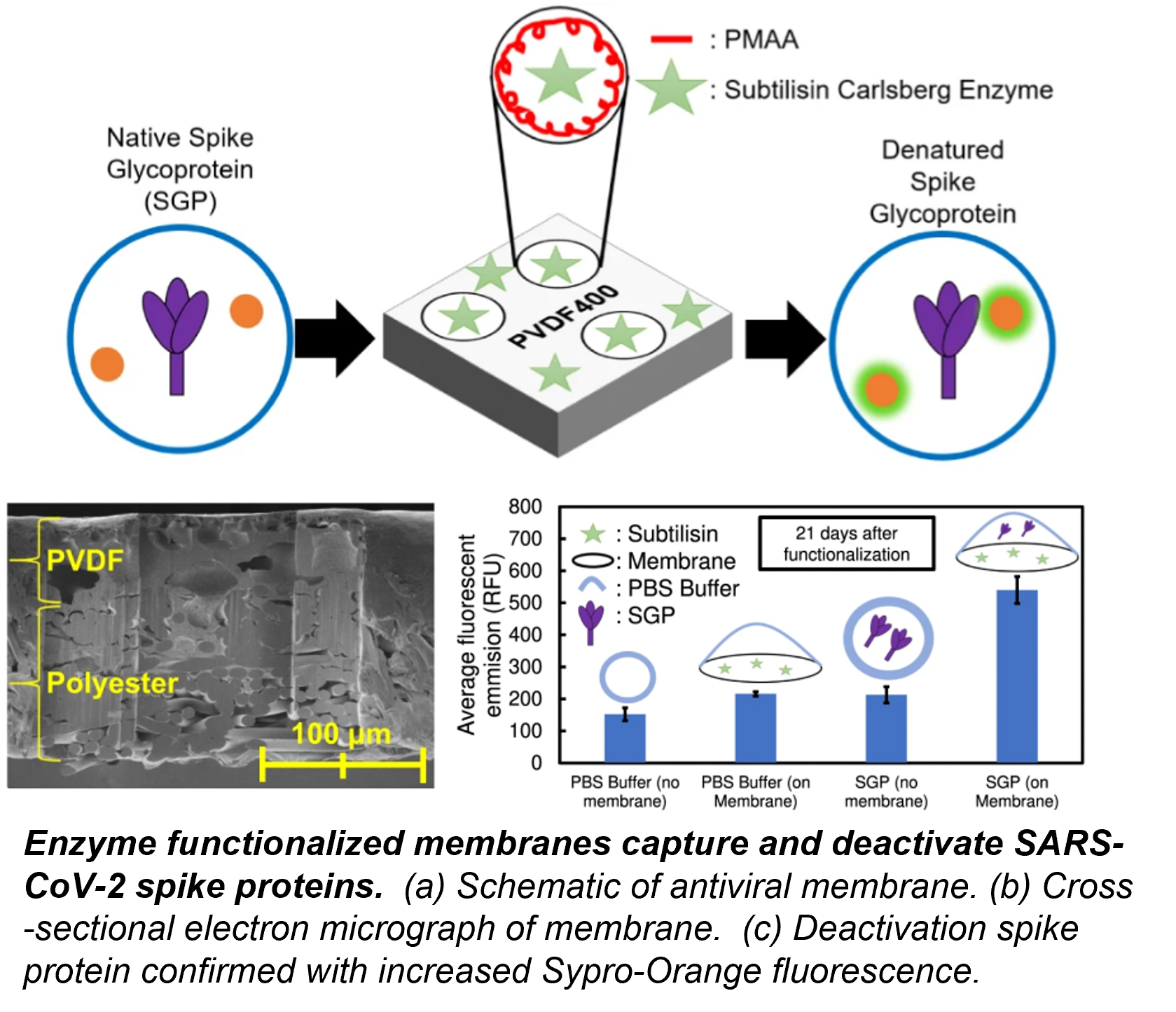 |
J. Todd Hastings Reese Terry Professor of Electrical Engineering Professor of Physics (joint appointment) Director, Center for Nanoscale Science and Engineering Contact: todd.hastings@uky.edu |
The Hastings Research Group studies nanoscale materials and devices, particularly magnetic and photonic systems, along with their associated nanomanufacturing technologies. Current efforts are focused on applications in optical sensing, imaging, materials characterization, renewable energy, and unconventional computing.
February 15, 2023

A collaboration between the Hastings and De Long groups at U.K. with Lawrence Berkeley and Argonne National Laboratories recently discovered a new way to probe the magnetic order of nanostructures using X-ray orbital- angular momentum (OAM). This work, entitled "Antiferromagnetic real-space configuration probed by dichroism in scattered x-ray beams with orbital angular momentum," was recently published in Physical Review B. "Twisted” X-ray beams carrying OAM hold great promise for imaging and probing materials at the nanoscale. Here, asymmetric scattering in OAM beams allowed us to distinguish degenerate antiferromagnetic ground states in an array of nanoscale magnets. This phenomenon demonstrates the potential for OAM beams to probe matter in ways that are not possible with current x-ray techniques. The full paper can be found at https://doi.org/10.1103/PhysRevB.107.L060407.
September 28, 2022

Collaborators at the University of Bergen (Norway), led by Professor Martin Greve, recently published the details of a new optical sensor which couples metal nanoparticles with optical waveguides. The sensor relies on the localized surface plasmon resonances of metal nanoparticles which are commonly used for biochemical interaction analyses. The sensor shows markedly improved figures of merit for sensitivity and limit-of-detection, and the paper provides theoretical guidance for optimizing such sensors for specific applications. The full article can be found at https://doi.org/10.1364/OE.470017
May 24, 2022

A collaboration involving the Hastings' group recently published results describing a new antiviral membrane filter. The effort, led by Dr. Bhattacharyya in U.K.'s Department of Chemical and Materials Engineering, showed that the new membrane can capture aerosols and deactivate the spike protein of the SARS-CoV-2 virus. It also showed good breathability and resistance to fouling making it suitable for both mask and indoor air filtration applications. The full article can be found at https://doi.org/10.1038/s43246-022-00256-0